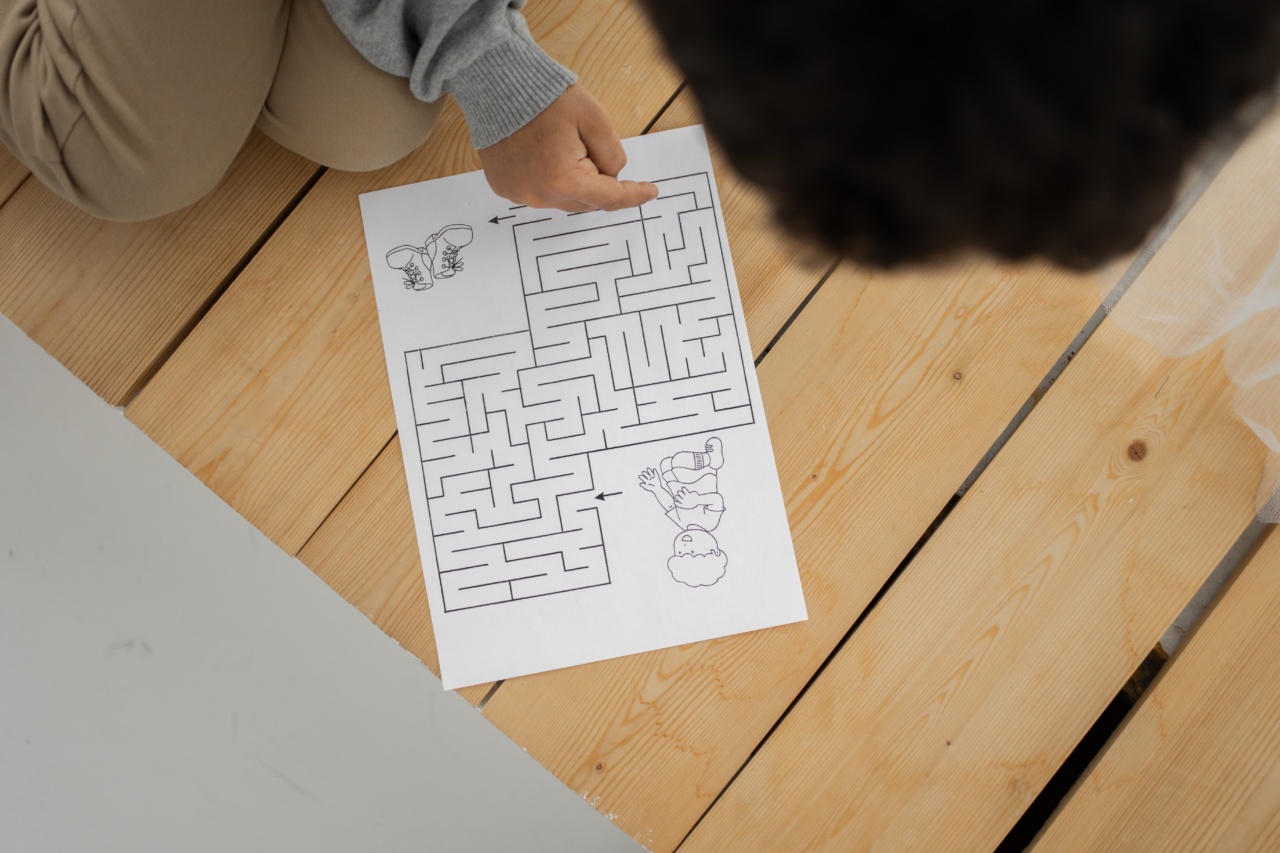The brain is a complex organ that undergoes significant changes from childhood to adulthood.
Understanding the differences between a child’s brain and an adult’s brain can provide valuable insights into cognitive development, learning processes, and overall functioning. This article aims to explore the key variations in structure and function between these two stages of brain development.
Brain Development in Childhood
Childhood is a crucial period for brain development, as the foundation for cognitive abilities and social-emotional functioning is laid during this time. The following are some significant differences in a child’s brain:.
1. Neuroplasticity
One of the remarkable features of a child’s brain is its high degree of neuroplasticity. Neuroplasticity refers to the brain’s ability to adapt and reorganize itself in response to experiences.
Children possess a greater capacity for learning, acquiring new skills, and forming neural connections during critical periods of development.
2. Growth and Synaptic Pruning
A child’s brain grows rapidly during early childhood, reaching approximately 90% of its adult size by the age of six.
This growth is accompanied by a process called synaptic pruning, where weak or unused neural connections are eliminated to enhance overall brain efficiency. Synaptic pruning allows the brain to focus on strengthening important connections and pathways.
3. Myelination
Myelination, the process of forming a protective covering (myelin sheath) around nerve fibers, is another critical aspect of brain development in childhood. Myelin enhances the speed and efficiency of neuronal communication.
The prefrontal cortex, responsible for executive functions like decision-making and impulse control, undergoes significant myelination during adolescence.
4. Emotional Regulation
A child’s brain shows more activation in the amygdala, a brain region involved in emotional processing, compared to an adult’s brain.
This heightened amygdala activity contributes to emotional reactivity and difficulties in emotion regulation, which are typically observed in children.
Brain Development in Adulthood
As individuals transition into adulthood, their brains continue to undergo changes. Here are some key differences in an adult’s brain:.
1. Fully Developed Prefrontal Cortex
The prefrontal cortex, responsible for higher-order cognitive functions such as decision-making, impulse control, and planning, undergoes maturation during adolescence and early adulthood.
By the mid-20s, the prefrontal cortex reaches its full structural development.
2. Executive Functioning
The development of the prefrontal cortex enhances executive functioning in adults. This includes skills like problem-solving, reasoning, attentional control, and working memory.
Adults generally have better impulse control and decision-making abilities compared to children.
3. Consolidated Networks
As the brain matures into adulthood, neuronal networks become more consolidated and specialized. Different brain regions become better connected and communicate more efficiently.
This increased connectivity contributes to the integration of various cognitive processes and supports complex thinking and information processing.
4. Emotion Regulation
The adult brain exhibits improved emotion regulation skills compared to a child’s brain.
The maturation of the prefrontal cortex enables better regulation of emotional responses, leading to more stable emotional states and adaptive coping strategies.
Implications for Education and Learning
The understanding of these differences between a child’s brain and an adult’s brain has significant implications for education and learning processes. It emphasizes the importance of:.
1. Early Childhood Education
Providing stimulating and enriching environments during early childhood can maximize the potential of a child’s highly plastic brain.
This period offers a unique opportunity to lay a solid foundation for various cognitive abilities and social-emotional development.
2. Tailored Teaching Approaches
Recognizing that children’s brains are still developing helps educators adopt teaching approaches that align with their cognitive capacities.
By understanding the strengths and limitations of a child’s brain, educators can tailor instructional methods to optimize learning outcomes.
3. Lifelong Learning
While the brain’s plasticity decreases with age, it never entirely ceases. Adults can harness the power of neuroplasticity to continue learning and acquiring new skills throughout their lives.
Recognizing that the adult brain is capable of change promotes a growth mindset and encourages lifelong learning.
Conclusion
Exploring the differences between a child’s brain and an adult’s brain shines a light on the fascinating journey of brain development.
Childhood is characterized by high neuroplasticity, rapid growth, and synaptic pruning, which lay the foundation for cognitive abilities. Adulthood, on the other hand, is marked by a fully developed prefrontal cortex and enhanced executive functioning. Understanding these differences can inform educational practices, learning strategies, and the importance of lifelong learning.





























